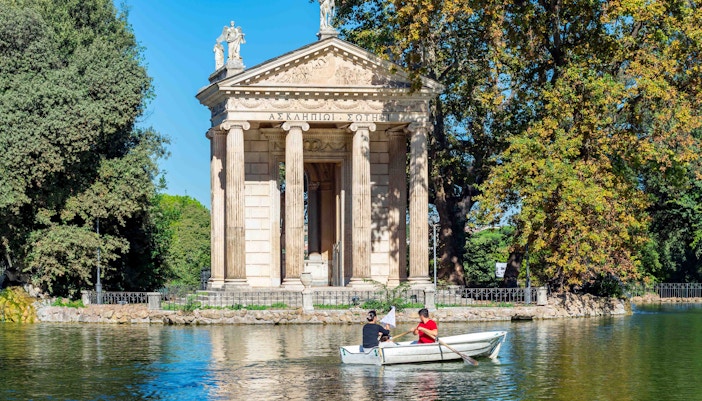Oś czasu Galerii Borghese
1600s: Rodzina Borghese, włoska rodzina szlachecka i papieska pochodząca ze Sieny, przenosi się do Rzymu.
1605: Camillo Borghese został wybrany papieżem Pawłem V. Mianował swojego bratanka Scipione Borghese kardynałem. Scipione Borghese zasadniczo stał na czele rządu watykańskiego i był w stanie zgromadzić znaczny majątek
1613: Galeria Borghese została zamówiona przez kardynała Scipione Borghese, zapalonego kolekcjonera sztuki, aby pomieścić jego imponującą kolekcję sztuki rzymskiej, renesansu i baroku.
1775: Formalny projekt ogrodu w parku został przekształcony w angielski ogród krajobrazowy przez księcia Marcantonio IV Borghese.
1808: Książę Camillo Borghese, szwagier Napoleona, był zmuszony sprzedać cesarzowi dwa z najlepszych arcydzieł galerii: Gladiatora Borghese i Hermafrodyta Borghese. Można je teraz podziwiać w Luwrze.
1902: W przełomowym momencie historii włoski rząd zakupił willę Borghese i udostępnił ją zwiedzającym jako Galerię Borghese.









